Царство террора Тамерлана
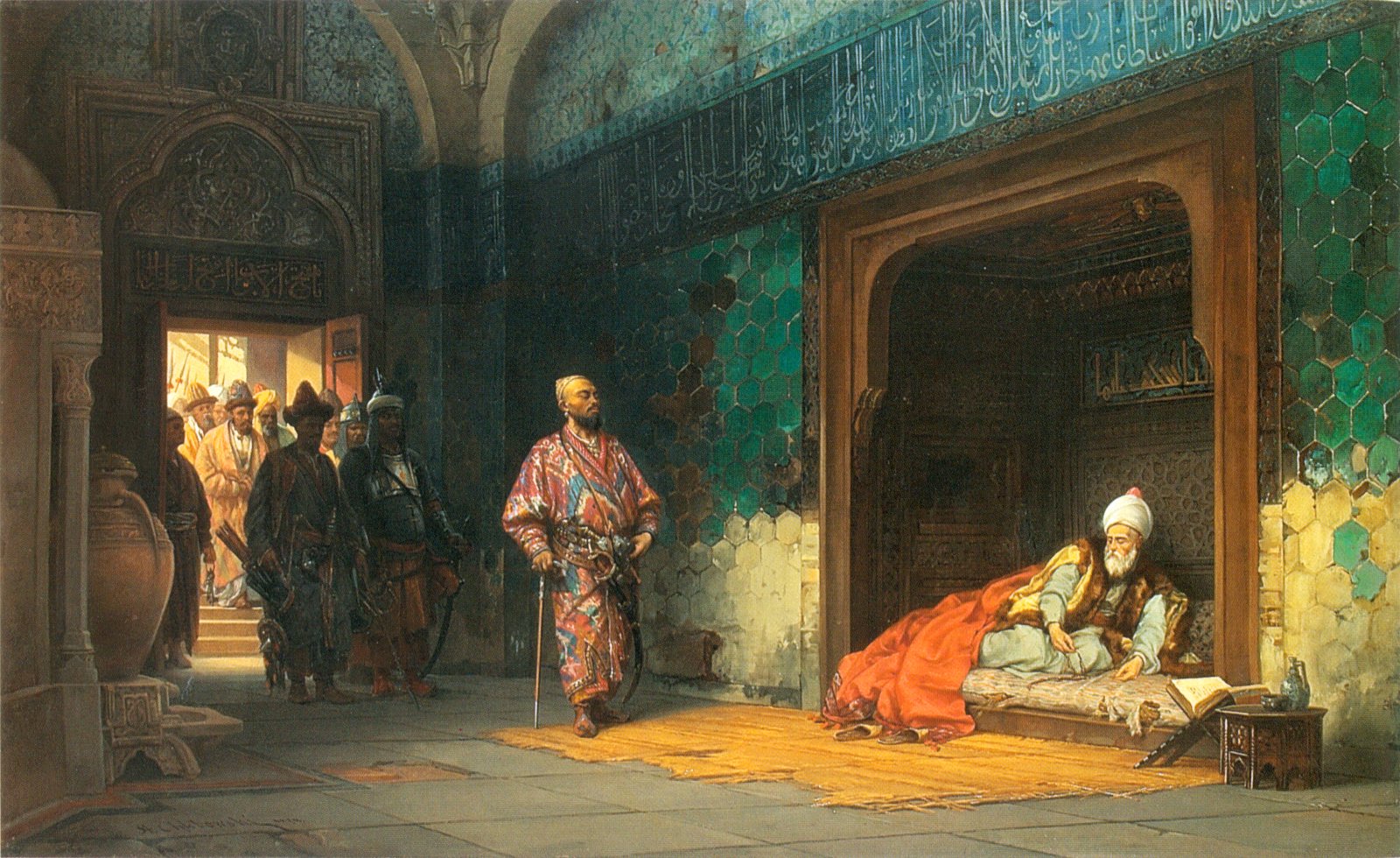
Царство террора Тамерлана


Th и кровавая репутация монгольского правителя Тамерлана предшествует ему. Тамерлан - иначе известный как Тимур - владел обширной территорией, простирающейся от Дели до Средиземного моря. Как самый могущественный правитель исламского мира XIV века, его боялись и уважали современники. Однако его наследие на Западе в основном происходит от непристойных карикатур, таких как «Тамбурлейн» Кристофера Марлоу, в котором дикий император относится к человеческой жизни с таким же уважением, как и к муравью. Но был ли «Тимур Хромой» простым, жестоким воином?
За полтора столетия до рождения Тимура Чингисхан бродил по равнинам Средней Азии. Лично проводя грабежи и убийства, когда Чингис умер, монгольский завоеватель разделил добычу своей империи между четырьмя его потомками. Чагатай, его второй старший сын, получил большой участок земли. Старая империя Чингисхана - но она также была одной из самых отдаленных.
Их соседи на севере, Золотая Орда, были страшной группой. Управляемые внуком Чингисхана, эти беззаконные племена грабили города и деревни от Восточной Европы до Алтайских гор. Тем временем Чагатайское ханство в значительной степени существовало на кочевом скотоводстве и в значительной степени чревато внутренними разногласиями. Ханство быстро раскололось на две части: могущественный восток назывался Могулистан, а менее удачный запад - Трансоксиана.
Именно в этом разделенном мире Тимур родился в 1336 году. Его отец, Таракай, был мелким дворянином из племени Барлас - группы кочевников, которые сделали их дом на юге Самарканда. Молодой Тимур никогда не оставался в одном месте все это время, его клан неоднократно выкорчевывал себя (и свой скот), чтобы найти лучшие пастбища, когда бы ни менялись времена года.
Понимая, что от незаконной деятельности можно получить прибыль, Тимур обратился к мелким преступлениям. Его первые подвиги включали шелест овец от соседей, и он быстро добавил бандитизм в свой список хитрых дел, заставляя путешественников дрожать в сапогах. Тимур, человек с явным талантом к насилию, очевидно, работал наемником, когда ему было за двадцать, и одиннадцать получил серьезные ранения от стрелы во время перестрелки.
Тимур-и-Ленг - тюркское прозвище, означающее «Тимур» Хромой »- который европейцы неверно истолковали как« Тамерлан ».
Для некоторых эта травма будет означать конец их криминальной активности, но у Тимура только начинается. Его амбициям не было предела, и когда правитель Трансоксианы умер в 1357 году, Тимур увидел упущенную возможность. Примирившись с ханом Могулистана, заклятым вождем Трансоксианы, могущественный дуэт встал на вакантный трансокийский трон. Ильяс Ходжа, сын хана, был провозглашен королем, но Тимур был властью за короной. Тем не менее, я не буду доволен тем, что буду вторым лучшим в течение длительного времени, и в 1364 году я снова сменил его лояльность.
На этот раз Тимур бросился на сторону своего зятя Амира Хусейна, который имел счет с ханом Могулистана, и к 1366 году он и Тимур покорили весь регион Трансоксиана. Тем не менее Тимур не хотел делиться властью с кем-либо и включил Хусейна. В битве за смерть в городе Балх Хусейн был убит, а Тимур провозгласил себя безоговорочным правителем. Реконструкция лица Тимура на основе его эксгумированных останков По его мнению, миссия Тимура состояла в том, чтобы восстановить монгольское правление во времена славного Чингисхана, господствующего над землями от Кореи до Каспийского моря. дипломатия, Тимур бросился через политический брак с вдовой Хусейна, Сарай Мулк Ханум. Она была прямым потомком Чингисхана со стороны отца, и Тимур верил, что он сможет использовать это, чтобы сделать его более убедительным в глазах людей. Если бы они не были полностью проданы, они скоро встретили бы ужасный конец. Тимур не был в команде, чтобы показать своим врагам, кто был боссом, самым жестоким способом. Я провел первые десять лет его правления, устанавливая превосходство над его соседями, требуя, чтобы они сдались ему. Если они откажутся, они разрушат свои города и поработят или убьют всех внутри. В 1383 году Персия оказалась в хит-листе Тимура. Одиннадцать могущественных империй были ослаблены внутренними раздорами и расколами, которыми Тимур полностью воспользовался. Начиная с завоевания Герата, я разграбил древний город с его сокровищами и уничтожил многие из его важных ориентиров. Слухи о таком ужасающем обращении дошли до других персидских городов, и, зная, что Тимур скоро достигнет их стен, они должны были принять решение. Некоторые места, такие как Тегеран, сдались без вопросов, и Тимур якобы относился к ним милосердно. Другие не пали бы без боя, поэтому они были уничтожены. В Исфахане, который восстал против огромного налогообложения Тимура, я ответил, убивая его граждан и строя башни из их черепов. Единственной группой людей, которые, казалось бы, избежали таких ужасов, были ремесленники и ремесленники. Тем не менее, Тимур не избавил их от доброты своего сердца. Я насильно депортировал их в город Самарканд, чтобы они могли приступить к работе по созданию своего тщательно продуманного видения имперской столицы. Город должен был стать сердцем исламского мира, и Тимур наполнил его художниками, архитекторами и интеллектуалами со всей Азии. Самарканд стал процветающим культурным центром в центре Центральной Азии. Помимо того, что Тимур был просто тщеславен, причины создания Самарканда, а также культуры Бога и ислама были вполне практичными. Он стремился узаконить свое правление, ссылаясь на Чингисхана и подчеркивая свою роль защитника ислама. Культ личности Тимура основывался на том, что он был «Плетью Аллаха», которую Бог положил на Земле для защиты истинной религии. Хотя он постоянно нарушал правила ислама, а именно то, что мусульмане не должны убивать, он часто призывал Бога в качестве средства поддержки своих военных кампаний, узаконивая их в глазах людей. Но по мере расширения империи в нее стали включаться люди разных вероисповеданий, которые, таким образом, должны были быть вынуждены подчиниться. Именно под этим предлогом Тимур вторгся в Индию в 1398 году. Наблюдая за мусульманскими правителями Делийского султаната, монгольский завоеватель решил, что они стали терпимыми по отношению к своим индусским подданным, и пришло время ему заняться своими делами. своими руками. В сентябре 1398 года Тимур и его армия из примерно 90 000 человек переправились через реку Инд. Уничтожая по пути города, он быстро победил султана и опустошил Дели, где зализывались раны более года. Тимур даже предположительно захватил 90 военных слонов из Индии и использовал их, чтобы отвезти обратно в Самарканд для большой мечети, которую он строил в своей столице. Империя Тимура в наибольшей степени Год спустя Тимур охотился за своим следующим завоеванием. На этот раз я посмотрел на запад, к Османской империи и султанату мамлюков в Египте. Хотя у обоих были могущественные мусульманские правители, Тимур видел их только в качестве узурпаторов, похитивших территорию, которая по праву принадлежала монголам. Например, османский султан Баязид I оскорбил Тимура, захватив монгольские земли в Анатолии. Тимур даже попытался предупредить его, отправив ему несколько серьезных писем с ненавистью в 1399 году. В письме, которое он написал: «Послушание Корану в ведении войны против неверных является единственным соображением, которое мешает нам уничтожить вашу страну». ». Однако Баязид не был поэтапным. Я ответил резким замечанием: «Каковы стрелки летящего татарина против скимитаров и боевых топоров моих твердых и непобедимых янычаров?» Итак, разъяренный Тимур отправился проверить непобедимость османской элитной гвардии. На пути в Константинополь Тимур отвоевал Азербайджан и Сирию, прежде чем нанести еще большую жестокость, на этот раз осажденному Багдаду. До 20 000 его граждан были убиты, а его памятники уничтожены. По мнению Тимура, эти древние города не могли создать потенциальную конкуренцию для Самарканда. Когда он, наконец, достиг Турции, Тимур пообещал не проливать кровь, если город Сивас сдастся. Поверив его слову, они сделали. Говорят, что 3000 горожан были похоронены заживо, и Тимур утверждал, что сдержал свое обещание. В конце концов, крови не было. Рядом с Анкарой Баязид встретился с армией Тимура 20 июля 1402 года для драматического столкновения. Тимур был хитрым тактиком, поэтому он обошел Баязида и напал на его армию сзади. После короткой битвы султана схватили и оттащили обратно в Самарканд, пиная и крича. Там он, как утверждается, подвергся различным образным унижениям - от того, как Тимур использовал его, до подножия для выставления в золотой клетке. Тимур смотрит на несчастного Баязида По иронии судьбы, некоторые правители в Западной Европе поддержали Тимура. Они думали, что он помогает им в достижении христианских целей, удерживая османов - мощную исламскую империю прямо на пороге своего дома, пристально следя за Австрией и Венгрией. Узнав о своей победе в Анкаре, англичане Генрих IV и французский Карл VI послали послания, в которых выражали свои поздравления Тимуру. Испанское королевство Кастилии пошло еще дальше и направило посланника во главе с Руи Гонсалесом де Клавихо в Самарканд. Клаудик подробно описал удивительные и экзотические события, которые он увидел при дворе Тимура. Прибыв в 1404 году, я описал 15 дворцов Тимура, в которых смешались кочевые и исламские традиции. Некоторые из них были в основном очень величественными палатками, которые можно было собирать и перемещать при необходимости. Обращаясь с почетными гостями, испанцы обедали каждую ночь на роскошных пирах, которым всегда предшествовали приступы пьянства - предположительно по монгольской традиции. Очевидно, что Тимур придавал большое значение этим праздникам, так как один гость был наказан за то, что опоздал за то, что его нос был пронзен как свинья. Сидящий Тимур приказывает вторгнуться в Грузию - в окружении своего щедрого двора Сразу после того, как Клавихо и его команда отправились в долгое путешествие обратно в Мадрид в ноябре 1404 года, Тимур отправился на то, что окажется его последним ура. Самарканд долгое время торговал с Ming China, но Тимур устал от того, что с ним обращались как с вассалом. Например, когда в 1395 году пришло сообщение из Китая, в котором император династии Мин был «властелином царства земли» (подразумевая, что он всего лишь земной правитель), и относился к Тимуру как к низшему, я решил задержать китайца. мессенджеры. Когда Китай направил больше посланников, чтобы выяснить, что с ними случилось, Тимур предположительно заключил в тюрьму и вторую партию. План Тимура состоял в том, чтобы свергнуть династию Мин и заменить их династией Юань, монгольскими правителями, основанными ханом Кублай. Хотя он обычно отправлялся в свои экспедиции весной, чтобы воспользоваться хорошей погодой, он нарушил собственную тенденцию и покинул Самарканд в декабре 1404 года с армией, насчитывающей приблизительно 200 000 военнослужащих. Его главные астрологи сказали ему, что звезды находятся в благоприятном положении. Что может пойти не так? К сожалению для Тимура, звезды оказались более благоприятными для Китая, чем для него. Он заболел на морозных берегах реки Сырдарья в Узбекистане и умер - возможно, от холода - в феврале 1405 года. Не имея лидера, который мог бы вдохновить победу, армия Тимура решила развернуться и вернуться домой. Страшный победитель был забальзамирован в ароматных маслах и помещен в тщательно продуманный гроб из слоновой кости для путешествия к месту последнего упокоения, прекрасному Гур-Эмиру в Самарканде, его заветном городе. Гур-Эмир в Самарканде недавно подвергся реставрации Подобно Чингисхану, Тимур разделил свою территорию между своими потомками мужского пола, но в конечном итоге его империя была построена на страхе, терроре и грабежах, а не на хорошем управлении. Преемники Тимура проведут следующие несколько десятилетий, сражаясь друг с другом по земле, и вскоре его огромная империя рухнет. Однако наследие «Меча ислама» продолжается и по сей день. Его двоюродный внук Бабур основал культовую индийскую династию Моголов, правящую семью, ответственную за создание потрясающих памятников, вдохновленных Тимуридом, таких как Тадж-Махал и Красный форт Дели. В то время как Тимур полностью заслуживал своей кровожадной репутации, он оставил уникальное визуальное впечатление в городе Самарканде и превратил этот район из заброшенного аванпоста в пустыню в центр культурного, интеллектуального и религиозного обмена для будущих поколений. Неплохо для человека, который начал свою карьеру как бандит хромой овцы. Эта статья первоначально появилась как часть более широкой функции в выпуске All About History, выпуск 63. Откройте для себя latest issue of All About History here or subscribe now.
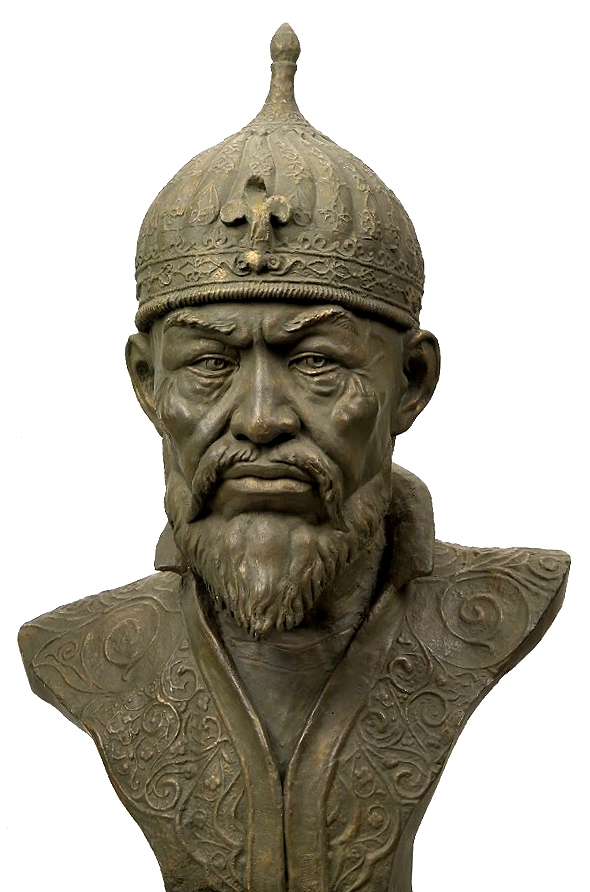
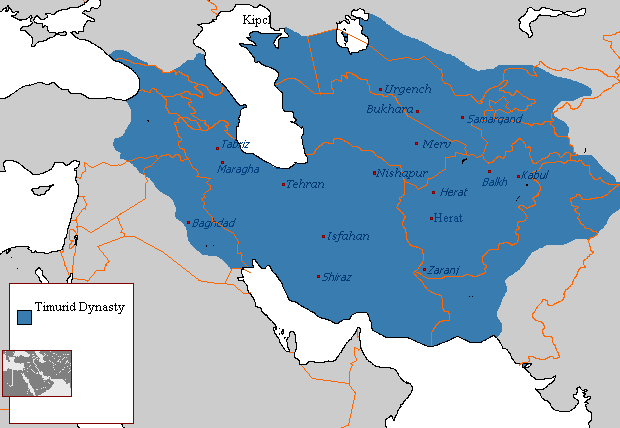

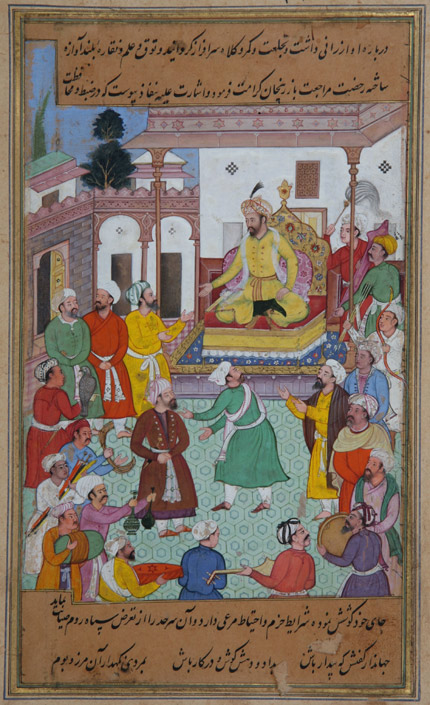
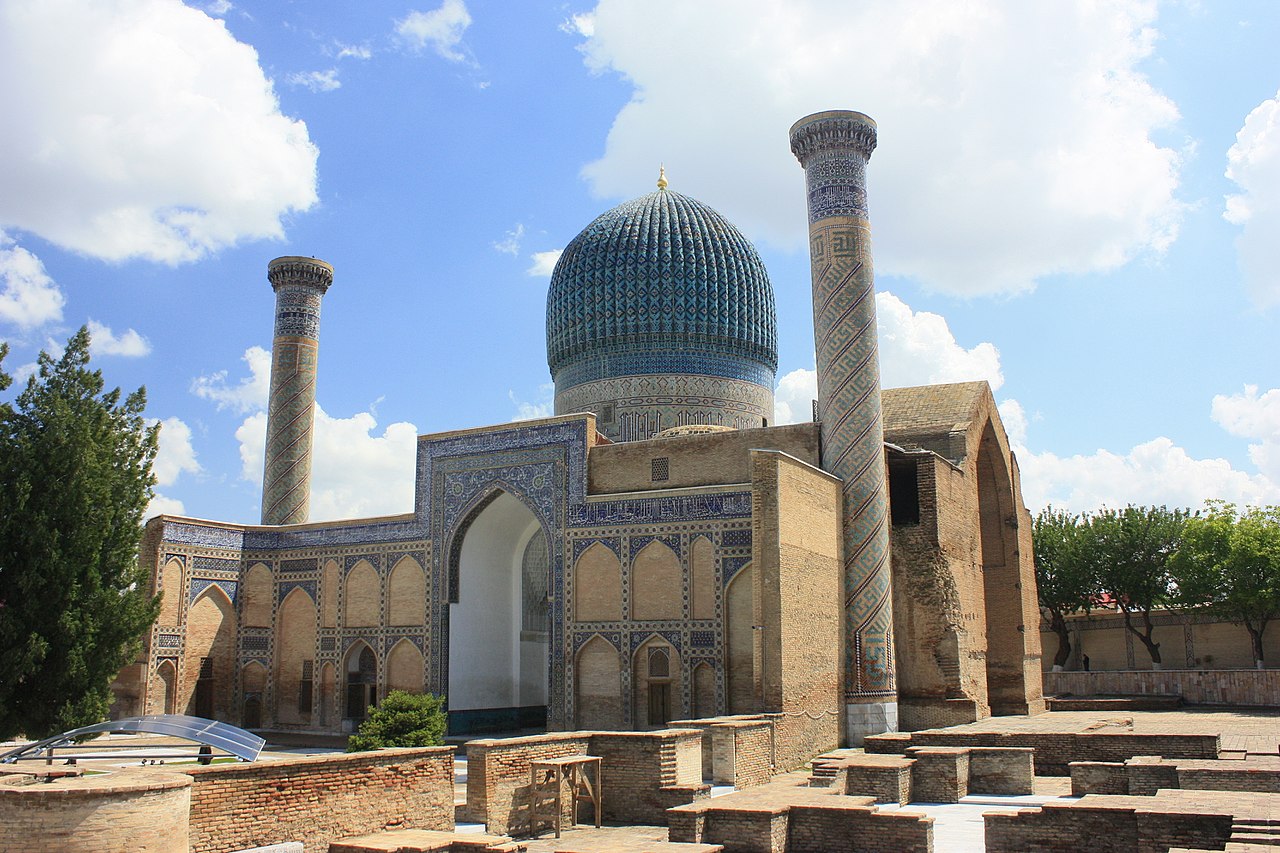

Почему «Гамильтон» не соответствует обману

Hamilton Лин-Мануэля Миранды действительно является мюзиклом для наших бурных времен. Расположенный на фоне американской революции, рэп, битбокс и поющие персонажи пробираются сквозь историю. Он завоевал бесчисленные престижные награды и за ним наблюдают толпы людей по всему миру, которые распродают его за год. На самом деле, он взял Интернет штурмом, и его почти везде обожают. Но хотя шоу было очень приятным, казалось, что чего-то не хватает.

Лондонский актерский состав Гамильтона , в главной роли Джамаэль Вестман в главной роли
Наш герой - Александр Гамильтон, один из самых молодых отцов-основателей Америки. Вместе со своими современниками Джорджем Вашингтоном, Томасом Джефферсоном и другими, Гамильтон успешно восстал против британских оккупантов, чтобы завоевать свободу для США. Но это еще не все в его истории - в отличие от других отцов-основателей, Гамильтон был иммигрантом, он не родился на американской земле. Действительно, он был белым поселенцем из Карибского бассейна, который приехал в Америку, чтобы искать свое состояние. Мюзикл много говорит об этом, изображая его слабым, который захватил мир - и победил. Шоу отображает астрономический рост Гамильтона в истории Америки, успех революции и то, как я маневрировал в политике, чтобы продвигаться вперед.
Важно отметить, что актерский состав действительно разнообразен. Создатель сериала Лин-Мануэль Миранда активно стремился сыграть цветных актеров в главных ролях, предоставляя им редкие возможности для них в элитном мире театра. Многие из Отцов-основателей Америки превосходно изображены черными, латиноамериканскими и азиатскими фанатами. На самом деле, во всем спектакле всего несколько белых актеров - самый выдающийся, играющий Короля Георга III. Эта политика позитивных действий является действительно революционной, помогая смягчить многие социально-экономические проблемы, которые часто работают против цветных актеров. В эпоху, когда правые крайне растут, Гамильтон упрекает расизм, доказывая, что не только небелые актеры способны выполнять белые роли - они способны распродать театры.

Лин-Мануэль Миранда играет главного героя Александра Гамильтона
Музыка привносит что-то новаторское и освежающее в несколько устаревший мир музыкального театра. Смесь рэпа, хип-хопа, соула, блюза и традиционных театральных стилей, каждая песня привносит что-то свое - всегда что-то новенькое не за горами. Но музыкальные мотивы присутствуют на протяжении всего спектакля, чтобы зрители не теряли равновесия и давали им ориентир для определенных персонажей. Например, у Георга III есть свой стиль, сформированный бритпопом 1960-х - просто чтобы вы знали, что король уже в пути. Что касается текстов, то они не такие, как вы могли бы ожидать - здесь нет сомнительных рифм или шумов, заполняющих пространство. Вы найдете ненормативную лексику, но она никогда не будет чрезмерно вульгарной. Каждая строчка продумана до мелочей, рассказывая историю Гамильтона в увлекательной и доступной форме.
Естественно, шоу покорило мир. Помимо аншлага, публика внутри театра аплодировала громче, чем когда-либо прежде, настолько, что в конце каждой песни казалось, что они собираются аплодировать ей стоя. Интернету тоже это нравится. Кажется, что шоу не может ошибаться.

Рэйчел Энн Го в роли Элизабет Шайлер, Рэйчел Джон в роли Анжелики Шайлер и Кристин Алладо в роли Пегги Шайлер
Но, несмотря на прогрессивные успехи шоу, одна вещь выделяется тем, что фундаментально застряла в прошлом. Женщины в шоу отодвинуты на второй план, выступая лишь приукрашиванием того, о чем на самом деле шоу – мужской персонаж Гамильтона. Да, сестры Шайлер - сильные и независимые женщины, но при ближайшем рассмотрении выясняется, что они - не что иное, как усталые, заезженные стереотипы. Во-первых, это Анжелика – старшая сестра, которая отказывается от своей любви к Александру, чтобы выйти замуж за богатого, но оплакивает его до конца своей жизни. Затем есть Элиза, которая выходит замуж за Александра, но с радостью отказывается от своей индивидуальности, чтобы играть трудную роль его любящей и поддерживающей жены. У Пегги Шайлер едва ли больше нескольких строк, а актриса, которая играет своих двойников в другой роли, - – Мария Рейнольдс. Это женщина, с которой у Александра был роман, который чуть не испортил его карьеру. Мария, лишенная воображения красное платье с глубоким вырезом, типичная «соблазнительница», которая использует свою красоту и пылкость, чтобы получить желаемое, то есть Гамильтон. Но за кулисами дергает за ниточки ее муж, используя прелюбодеяние своей жены, чтобы шантажировать Гамильтона.
Анжелика - незадачливая старшая сестра, чья жизнь кажется несбыточной, потому что она не получила мужчину своей мечты. Хотя она, безусловно, самый развитый женский персонаж, которого играет ряд невероятных черных актрис, она делает только один намек на главную проблему сериала - “ мы считаем эту истину самоочевидной, что все люди созданы равными. И когда я встречаюсь с Джефферсоном, я заставляю его включить женщин в продолжение ». Но это 2018 год, и нам не стоит ждать продолжения. Женщины принимали активное участие на всех этапах Революции, и хотя в сериале невозможно рассказать все истории, нет причин, по которым женские персонажи не могут быть всесторонними и сложными. люди, как и мужчины. Хотя Элиза удостоена чести заключительной песни, в которой описывается, как она рассказала миру историю своего мужа, кажется, что уже слишком поздно. Она живет на пятьдесят лет дольше Гамильтона, и все ее достижения за это время сводятся к паре строк. В конце концов, она и другие женщины служат опорой для своих мужчин.

Элизабет Шайлер танцует с мужем Александром Гамильтоном
Помимо этой вопиющей ошибки, он не может бросить вызов природе отцов-основателей. Хотя он критикует Джефферсона за владение рабами, сам Гамильтон работал в компании, которая торговала человеческим имуществом, что не обсуждается. Он также, похоже, не ставит под сомнение революцию или ее ограничения - он твердо придерживался многовекового представления о том, что ранняя Америка была великим местом свободы и свободы для всех, не говоря уже о том, что эта привилегия была в значительной степени ограничена богатыми людьми. , белые люди. Несомненно, 250 лет спустя настало время, чтобы общепринятый взгляд на революцию был подвергнут сомнению и подвергся тщательному анализу?
Но для многих этого нет ни в одном месте, поскольку мюзикл не обязательно расширяет ограниченные знания об американской революции в первую очередь. В то время как аудитория в США может знать свою собственную историю, мировая и британская аудитория могли бы чесать в затылках, если они не знакомы с формированием США. Для этого требуется много знаний - некоторые говорили, что за этим довольно сложно следовать, поскольку темп очень быстрый, а тексты не всегда различимы. Читаю о Гамильтоне и компании. легко решит проблему, но это не должно быть требованием для театралов, платящих минимум 40 фунтов стерлингов за билет.
Подводя итог - Гамильтон - один из лучших мюзиклов? Абсолютно. Стоит ли денег? Особенно, если можно получить дешевые места. Это революционно? Да, и как невероятно видеть, как цветные берут на себя инициативу. Но это не значит, что мы не должны относиться к этому совершенно некритично. Это удачный ход, но еще не совсем. Не сумев по-настоящему представить весь гендер, он может оставить женскую аудиторию невидимой, что вызывает разочарование в сериале, который рекламируется как наиболее дальновидный спектакль.

фото империя тамерлана?
фото
Нефилим, Книга претензий к какой-либо продукции, не продаем их и не предлагаем для.






СОВРЕМЕННЫЙ
КУРС
ТЕЙТА
БОЯЗНЬ, АБСУРДНОСТЬ, СМЕРТЬ
средневековая еда
КАЖДЫЙ ПОНЕДЕЛЬНИК,
Средневековая еда: от крестьянской каши к королевскому баранине
Средневековая жизнь
средневековая еда
Средневековая еда Эта статья является частью нашего более широкого выбора должностей о средневековом периоде. Чтобы узнать больше, нажмите здесь, чтобы получить исчерпывающий справочник по средневековью. 6 месяцев назад
Поделиться ...Ваш текст «средневековая еда?»
МНЕНИЕ
средневековая еда ЖИЗНИ
средневековая еда 7
«средневековая еда?»
МНЕНИЕ
средневековая еда ЖИЗНИ
средневековая еда 7
